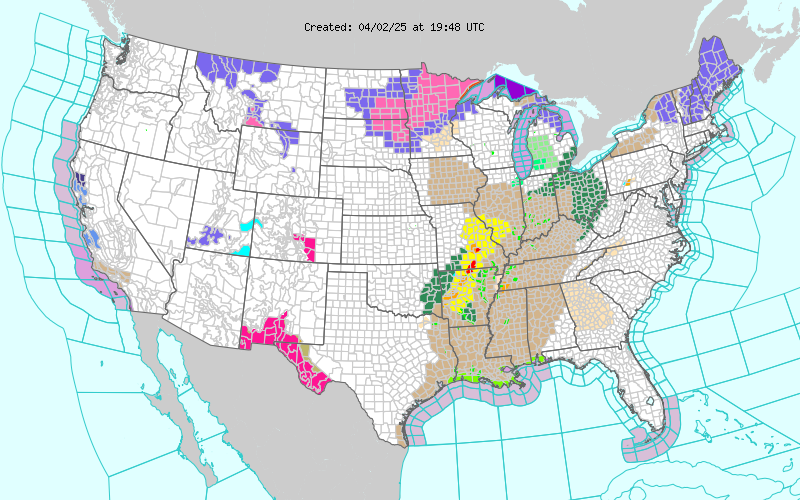First Look At Winter - Grand Solar Minimum Still Coming.
Valentina Zharkova on the Upcoming Grand Solar Minimum.
This, in turn, can lead to a drop of the terrestrial temperature by up to 1.0°C from the current temperature during the next three cycles (25–27) of grand minimum 1. The largest temperature drops will be approaching during the local minima between cycles 25 − 26 and cycles 26–27 when the lowest solar activity level is achieved using the estimations in Figure 2 (bottom plot) and Figure 3. Therefore, the average temperature in the Northern hemisphere can be reduced by up to 1.0°C from the current temperature, which was increased by 1.4°C since Maunder minimum. This will result in the average temperature to become lower than the current one to be only 0.4°C higher than the temperature measured in 1710. Then, after the modern grand solar minimum 1 is over, the solar activity in cycle 28 will be restored to normal in the rather short but powerful grand solar cycle lasting between 2053 and 2370, as shown in Figure 3, before it approaches the next grand solar minimum 2 in 2370.
Conclusions:
In this editorial, I have demonstrated that the recent progress with understanding a role of the solar background magnetic field in defining solar activity and with quantifying the observed magnitudes of magnetic field at different times allowed us to enable reliable long-term prediction of solar activity on a millennium timescale. This approach revealed a presence of not only 11-year solar cycles but also of grand solar cycles with duration of 350–400 years. We demonstrated that these grand cycles are formed by the interferences of two magnetic waves with close but not equal frequencies produced by the double solar dynamo action at different depths of the solar interior. These grand cycles are always separated by grand solar minima of Maunder minimum type, which regularly occurred in the past forming well-known Maunder, Wolf, Oort, Homeric, and other grand minima.
During these grand solar minima, there is a significant reduction of solar magnetic field and solar irradiance, which impose the reduction of terrestrial temperatures derived for these periods from the analysis of terrestrial biomass during the past 12,000 or more years. The most recent grand solar minimum occurred during Maunder Minimum (1645–1710), which led to reduction of solar irradiance by 0.22% from the modern one and a decrease of the average terrestrial temperature by 1.0–1.5°C.
This discovery of double dynamo action in the Sun brought us a timely warning about the upcoming grand solar minimum 1, when solar magnetic field and its magnetic activity will be reduced by 70%. This period has started in the Sun in 2020 and will last until 2053. During this modern grand minimum, one would expect to see a reduction of the average terrestrial temperature by up to 1.0°C, especially, during the periods of solar minima between the cycles 25–26 and 26–27, e.g. in the decade 2031–2043.
The reduction of a terrestrial temperature during the next 30 years can have important implications for different parts of the planet on growing vegetation, agriculture, food supplies, and heating needs in both Northern and Southern hemispheres. This global cooling during the upcoming grand solar minimum 1 (2020–2053) can offset for three decades any signs of global warming and would require inter-government efforts to tackle problems with heat and food supplies for the whole population of the Earth.




















Comments
Post a Comment
Your comments, questions, and feedback on this post/web page are welcome.